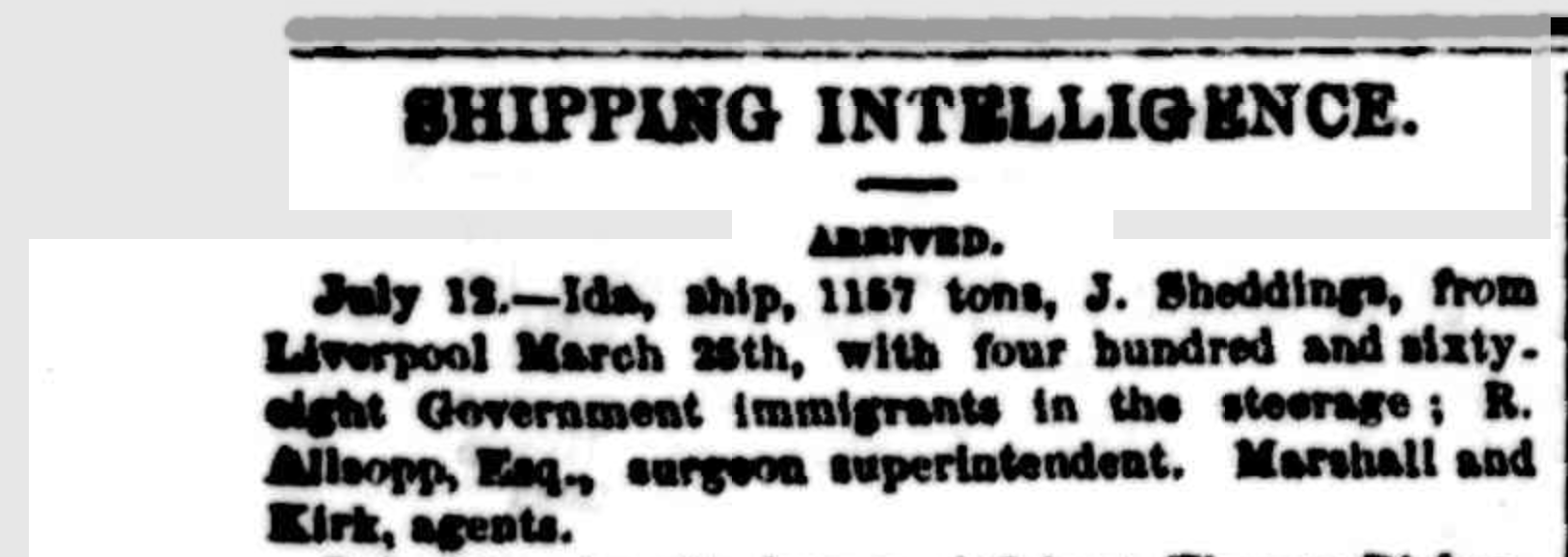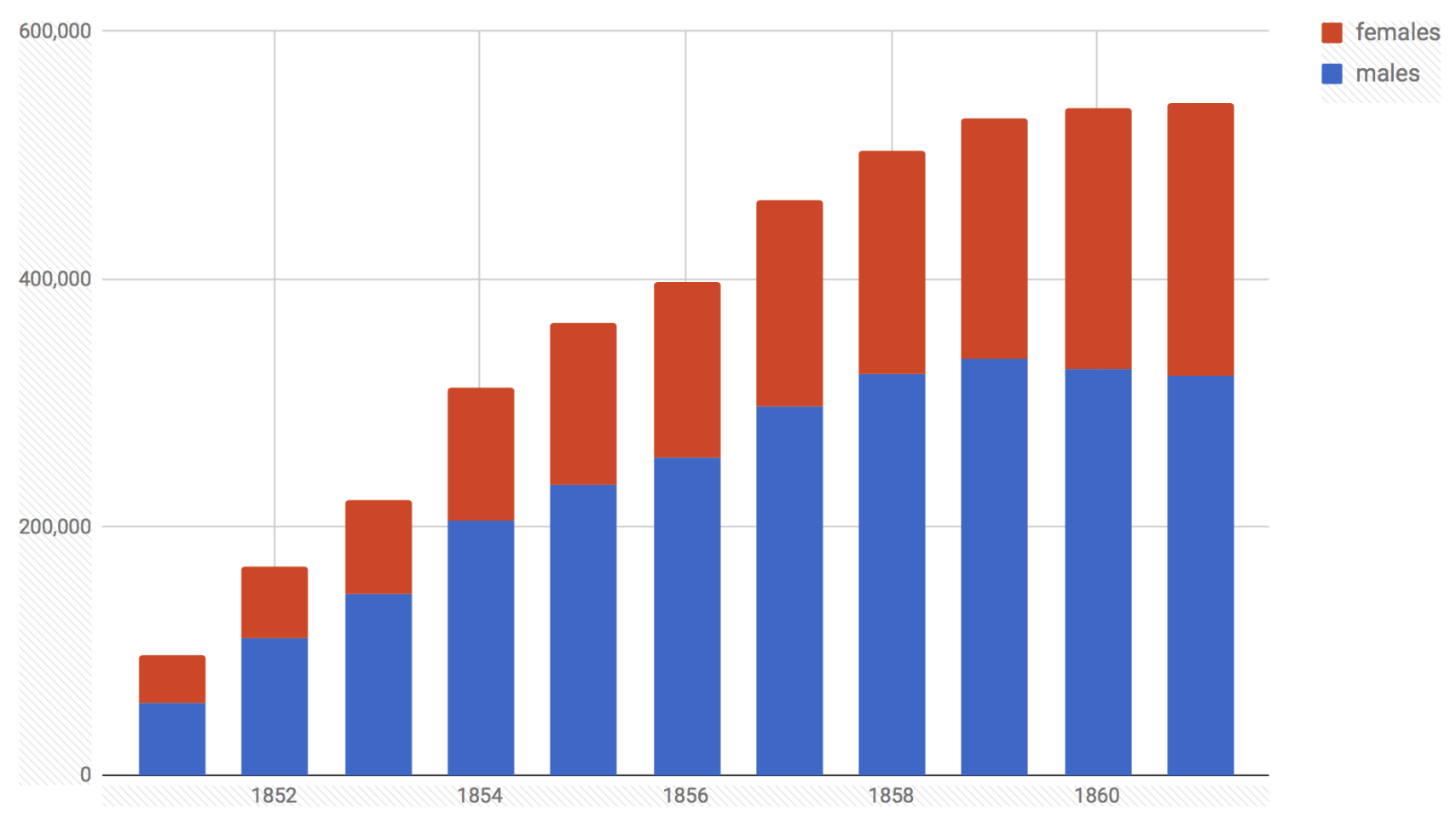Richard, 3rd Earl of Arundel, 8th Earl of Surrey (c. 1314 – 24 January 1376) was an army commander and admiral who served under King Edward III (1312 – 1377, reigned from 1327).
Arundel fought in Scotland during the Second War of Scottish Independence and in France during the Hundred Years’ War. In 1337, he was made joint commander of the English army in the north, and the next year its sole commander. Between 1340 and 1342 he fought with the title Admiral in the 1340 naval Battle of Sluys. In 1345 Arundel was made Admiral of the Western Fleet. He was one of the three principal English commanders at the Battle of Crécy in 1346.

Image retrieved from Wikimedia Commons.
Arundel was still in military service towards the end of his life; in 1375 he was involved in the destruction of the harbour of Roscoff in Brittany.
Arundel married twice. His first marriage was annulled by Pope Clement VI on 4 December 1344 on the grounds that he had been underage and unwilling. His second marriage, in 1345, was to Eleanor of Lancaster (1318 – 1372), widow of John de Beaumont, 2nd Lord Beaumont (died 1342). Eleanor had one son by her first marriage and five children by her second marriage.
Eleanor died in 1372 and was buried in Lewes Priory. In 1375, a sculpture for her tomb and that of her husband, carved by the master mason Henry Yevele, was shipped from Poole Harbour in Dorset to London, then transported to Lewes. Arundel probably saw the completed effigies before his death.
He died on 24 January 1376 at Arundel Castle, aged about 61, and was buried in Lewes Priory. Arundel wrote his will on 5 December 1375, a few weeks before his death, asking to be buried at Lewes Priory next to his wife ‘Alianore de Lancastre’ and he left specific instructions that his tomb in the Chapter House of Lewes should not be higher than that of his wife.
Richard Earl of Arundel and Surrey, at Arundel Castle, December 5, 1375.
Nicholas Harris. ”Testamenta Vetusta”, Vol I, 1826, page 94
My body to be buried in the Chapter-house of the Priory at Lewes, near to the tomb of Eleanor de Lancaster, my wife; and I desire that my tomb be no higher than hers ; that no men at arms, horses, hearse, or other pomp, be used at my funeral, but only five torches, with their morters, as was about the corpse of my wife, be allowed ; and that no more than D marks be expended thereon.
[D Marks = 500 marks = £333 which would be worth at least £200,000 today]
At the time of Henry VIII’s dissolution of the monasteries from the mid 1530s, the sculpture of Arundel and Eleanor was saved and moved from Lewes Priory to Chichester Cathedral. The earliest certain record of its presence there dates from 1635. Only the monument, without the bodies, was moved when the priory was dissolved. The bodies of Richard and Eleanor were not reinterred. The Priory is now in ruins.
Unfortunately there is no unbroken chain of transmission beyond this, and the popular belief that the Chichester sculpture is that of Arundel and his wife Eleanor has no certain basis.
The cathedral carvings have no names, and the attribution is based on the lion on the knight’s crest and the style of his armour (which is very similar to the armour on the effigy of Edward, the Black Prince, who died in 1376 and is memorialised in Canterbury Cathedral.)
In 1635 a Lieutenant Hammond of the military company in Norwich wrote of Chichester Cathedral in an account of a tour to the south and west of England:
In the North Ile by the wall lyeth a Prince in Armour, who (as they say) liv’d i the woods in Edward 3d time, with a Lion at his Feet, and his Lady by him.
A Relation of a Short Survey of the Western Counties : made by a lieutenant of the military company in Norwich in 1635
In 1820 James Dalloway, the English antiquarian, wrote in “A history of the western division of the county of Sussex” :
The man has the sharp conical helmet and the chain gorget, and on his surcoat a lion rampant. Such were worn by Richard Fitz-Alan, Earl of Arundel, in the early part of that reign, and to whom a coenotaph was erected in the chapel of Lewes Abbey;. Might it not have been brought here at the suppression, and then so divided for convenience of space.

By the 19th century, the Arundel effigies had become badly mutilated, and were separated, with the knight placed against the north wall of the Cathedral and the woman at his feet. In 1843 the sculptor Edward Richardson (1812–1869) was commissioned to restore them. His restoration is regarded as faithful to the original pose.
The stone used for the monument is very soft, and in the 1980s the effigies were again showing signs of decay.
The Chichester Cathedral memorial effigies supposedly depicting Arundel and his wife Eleanor are the subject of a 1956 poem by Philip Larkin “An Arundel Tomb”, which begins:
Side by side, their faces blurred,
The earl and countess lie in stone,
Their proper habits vaguely shown
As jointed armour, stiffened pleat,
And that faint hint of the absurd –
The little dogs under their feet.
The last stanza, with all Larkin’s wistful, hopeless (and, some would say, posturing and very funny) pessimism on show in its final lines, reads:
The stone fidelity
They hardly meant has come to be
Their final blazon, and to prove
Our almost-instinct almost true:
What will survive of us is love.
Richard and Eleonor were my 18th great grandparents. I am descended from them by 177 different paths. (Many many people, of course, are descended from the couple.)
Source:
- Foster, Paul; Brighton, Trevor; Garland, Patrick (1987). An Arundel Tomb. Otter Memorial Paper. Vol. 1. Chichester: Bishop Otter College Trustees. ISBN0-948765-29-1.
Wikitree:











